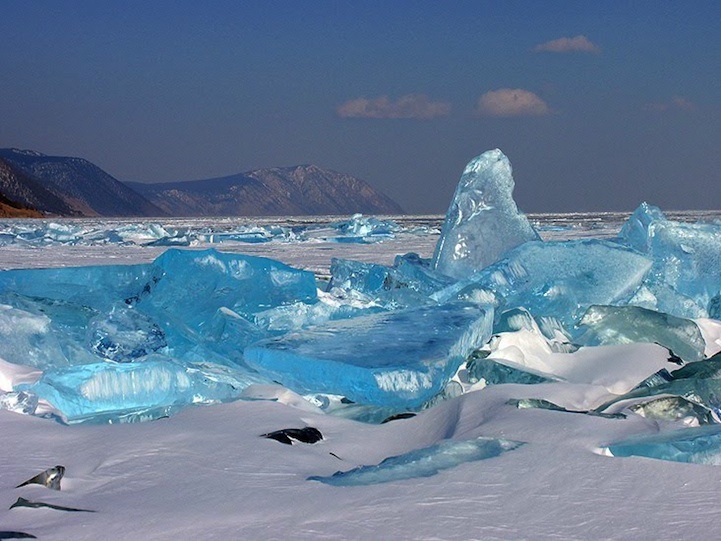Our Current Projects
Carbon & Water Cycles in a Changing Climate

Changing climate is substantially altering water and carbon cycles from local to global scales. We focus on the ecology of these changes. Our group examines ecological processes that create patterns of water availability and water quality changes at global scales and those processes that drive changes in carbon dynamics within aquatic systems, and across interfaces of water with land and atmosphere. Current work includes: recent updates to the Global Lake Area, Climate, and Population data set; examining sources of uncertainty in methane emissions from lakes; quantifying the magnitude and variation in flow of carbon across the terrestrial-aquatic interface; and the role of dissolved organic carbon in supporting aquatic food webs.
Under Ice Ecology

Winter conditions are rapidly changing in temperate aquatic ecosystems, yet relatively little is known of winter ecology in these systems. However, particularly under clear ice, primary producers and consumers can be abundant in winter, and interesting dynamics occur in nutrient and carbon cycles. Winter dynamics affect not only food webs and biogeochemistry under the ice, but also processes throughout the year. These effects are especially evident in Lake Baikal where we have worked with an international team for the past 18 years. In 2017, we led the Ecology Under Lake Ice collaboration which produced a public data set and an AGU Chapman Conference that led to many related publications and new collaborations. A new NSF award focuses on examining annually shifting drivers and limitations on autotrophy and heterotrophy, specifically the interplay of light, nutrients, and dissolved organic carbon with variation in winter severity.
Mountain Lake Ecology

Mountain lakes are of high cultural and ecological value. They can be ecologically very dynamic due to snowmelt-dominated hydrology. In recent decades, mountain regions have experienced declines in the proportion of precipitation falling as snow as well as higher warming rates for air temperature compared to their lowland counterparts. We have been working with the National Park Service to understand long term change in these special ecosystems, from snowpack driven ecological change in plankton and biogeochemistry to increased growth of periphyton in otherwise undisturbed ecosystems.